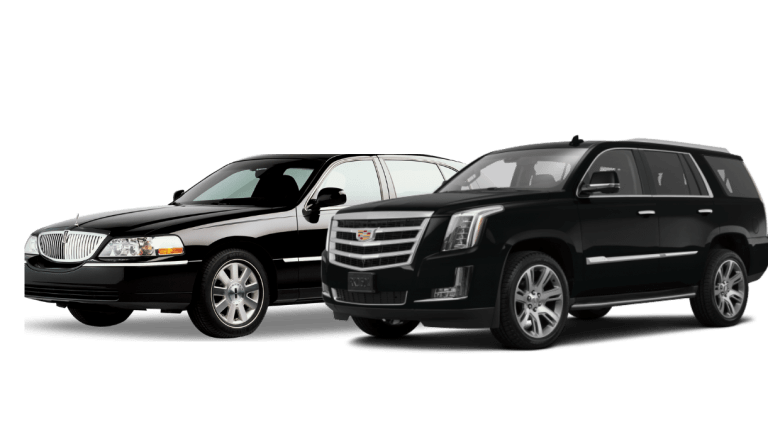When more than 60% of the population own some type of mobile phone, why would you choose to use two-way radios such as those found in the line of Motorola radio accessories?
Smartphones and other mobile devices are excellent for normal daily use, but lack many functions needed when fast, reliable, uninterrupted communication is critical. Today’s two-way radios fill that need.
Versatile
Two-way radios are versatile. Smartphones and radios provide one-to-one communications, but radios have the added benefit of providing one-to-many communications. This means multiple users who are on the same frequency are able to talk to each other at the same time, much like conference calls on landlines.
Durable
Two-way radios are built to use outdoors and in tough industrial environments. Most are water and dust proof. Smartphones are fragile and will not hold up when dropped or when something is spilled on them, unless they have a protective cover.
Reliable
Cell phones can and often do fail, especially during inclement weather. If a mobile phone carrier has a network issue, the entire network could fail. Radios do not rely on third-party networks. They are owner controlled and provide uninterrupted coverage. Radios also provide a secure connection eliminating problems of hackers and other threats common with smartphones.
Easy
Making a call on a smartphone involves several steps before making a connection. With radios, a connection is made by simply pushing a button.
Urgent
Because of their reliability and ease of use, radios are excellent choices in emergencies and other situations where callers have to act quickly. Cell phone users must wait while the service dials, then rings on the other end. With radios, you have an immediate connection with one or more parties.
Cost effective
Two-way radios are cost effective. They have no operating costs after the initial investment. Smartphones require a carrier service plan that includes various fees and charges to keep the service.
Two-way radios are no longer the bulky bricks once known as walkie talkies. Advancements in radio technology have turned them into a key tool that can be used by most anyone today.



